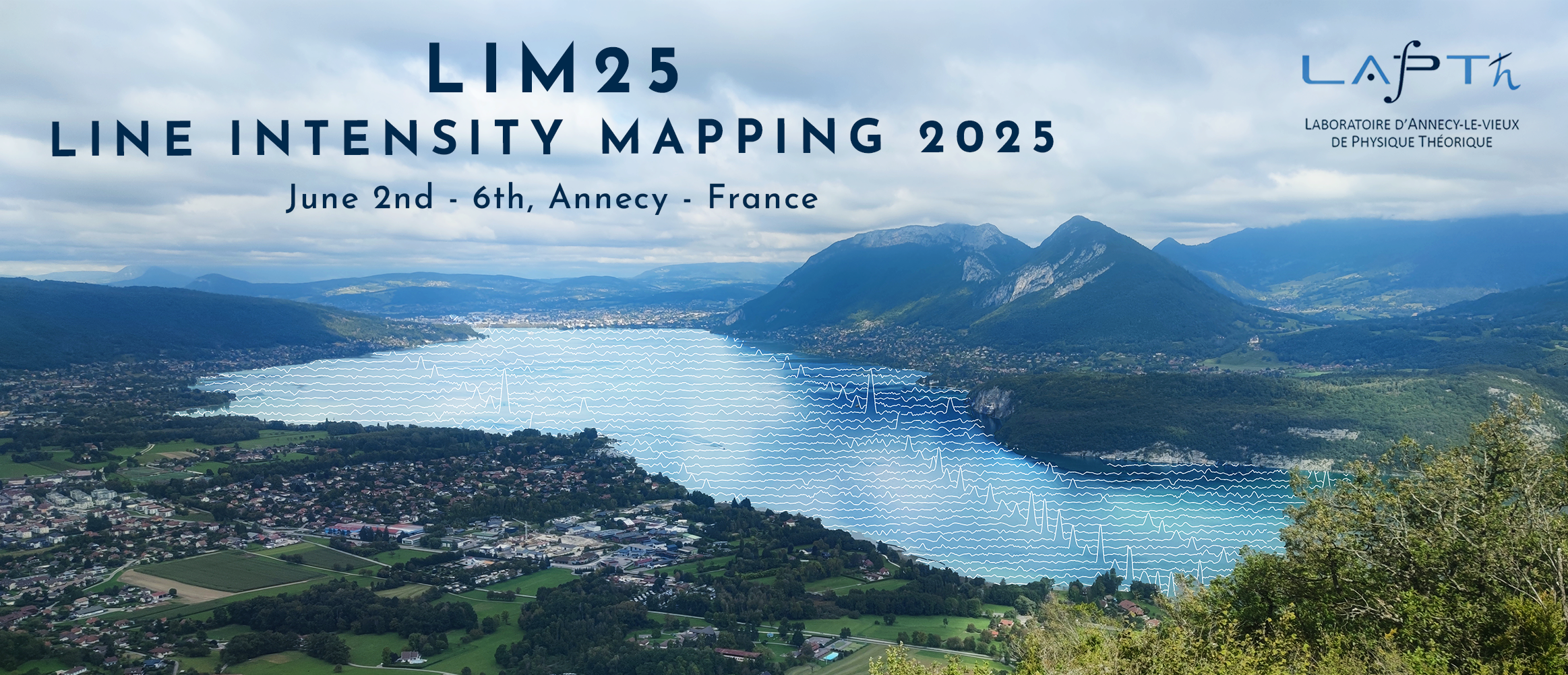Orateur
Description
The 21cm line of neutral Hydrogen (HI) is an excellent tracer of the large-scale structure (LSS) of matter, with the potential to map most of the observable Universe. Its use as a cosmological probe has so far been hampered by the difficulty of separating the 21cm signal from the overwhelmingly bright radio foregrounds, along with the challenges of instrumental calibration and contamination from terrestrial sources. Cross-correlations with external datasets have emerged as an effective way to mitigate these issues. Leveraging the constraining power of multiple tracers can also provide a handle on systematics and break parameter degeneracies in an era when surveys of LSS are quickly becoming more plentiful and varied. The Canadian Hydrogen Intensity Mapping Experiment (CHIME) is one of only a few experiments to have reported cross-correlation detections of 21cm already, and analysis efforts continue to be focused on extracting cosmological information from years of observations. In this talk, I will make the case for a cross-correlation of 21cm observations with measurements of CMB lensing and present methods under development to pursue this idea with CHIME. Although the lensing convergence is sensitive to an integral of the LSS along the line-of-sight to the CMB -- precisely the long-wavelength modes that are most degenerate with the 21cm foregrounds -- non-linear gravitational evolution is expected to couple small-scale clustering measurable with HI to large-scale density fluctuations that are traced by lensing. It may be possible to detect this correlation by constructing an estimator targeting squeezed configurations of the bispectrum.

